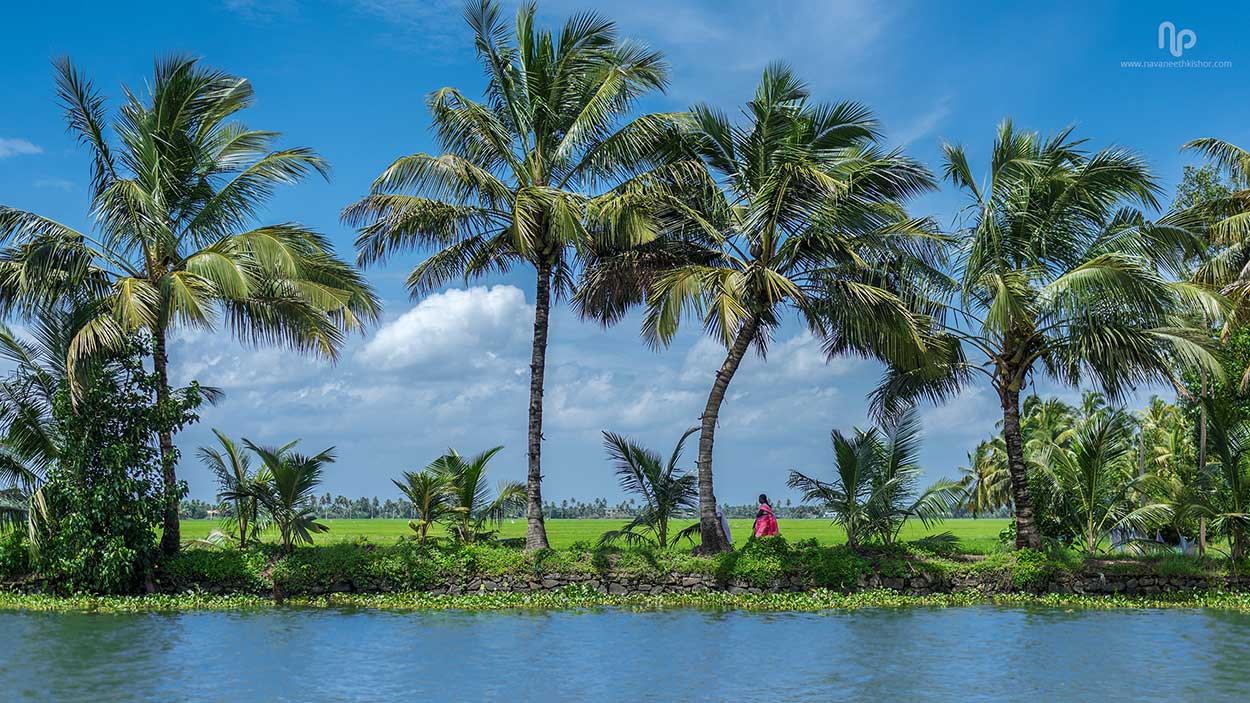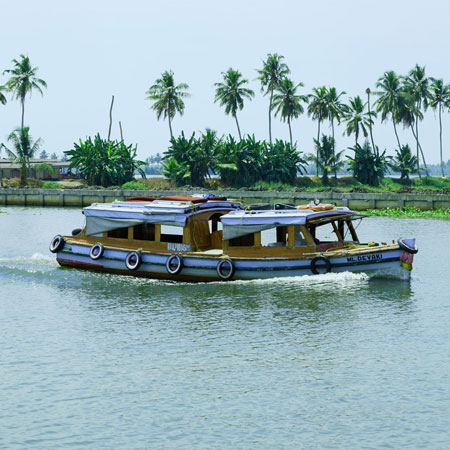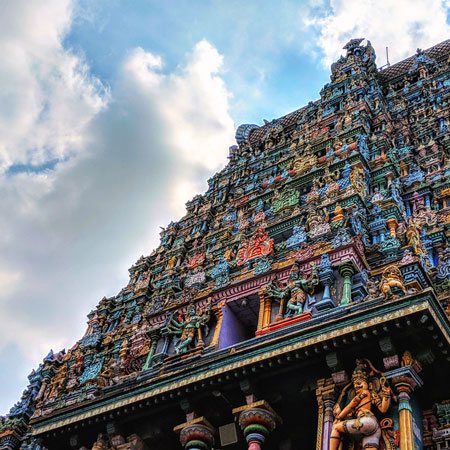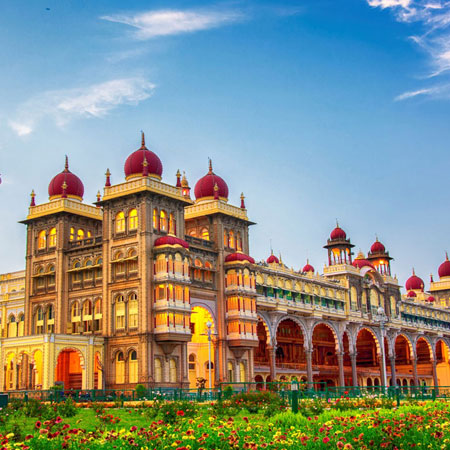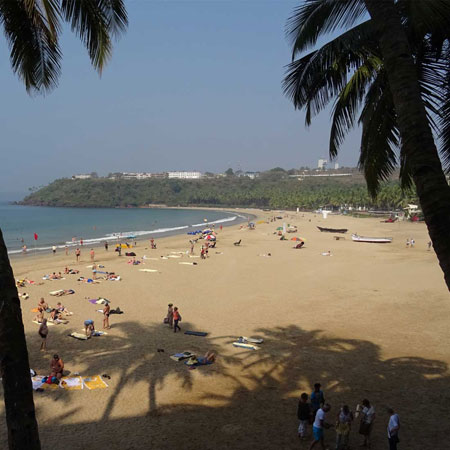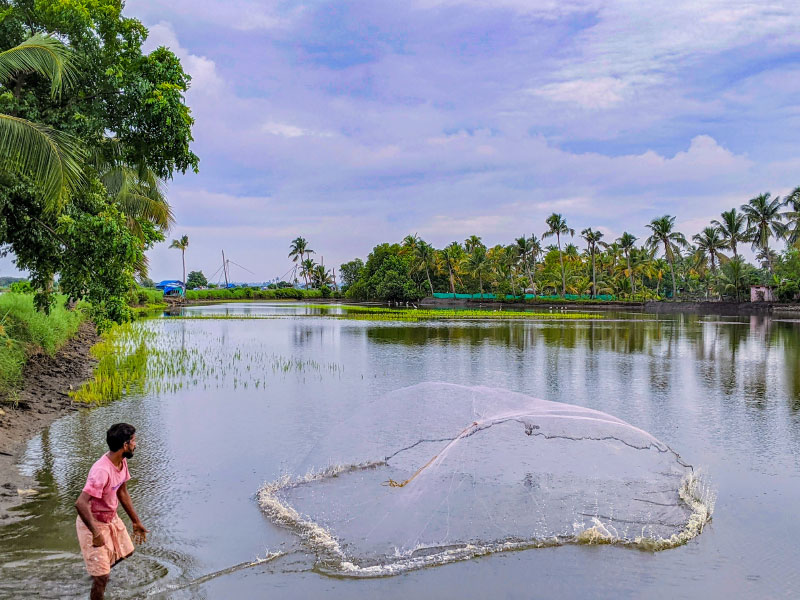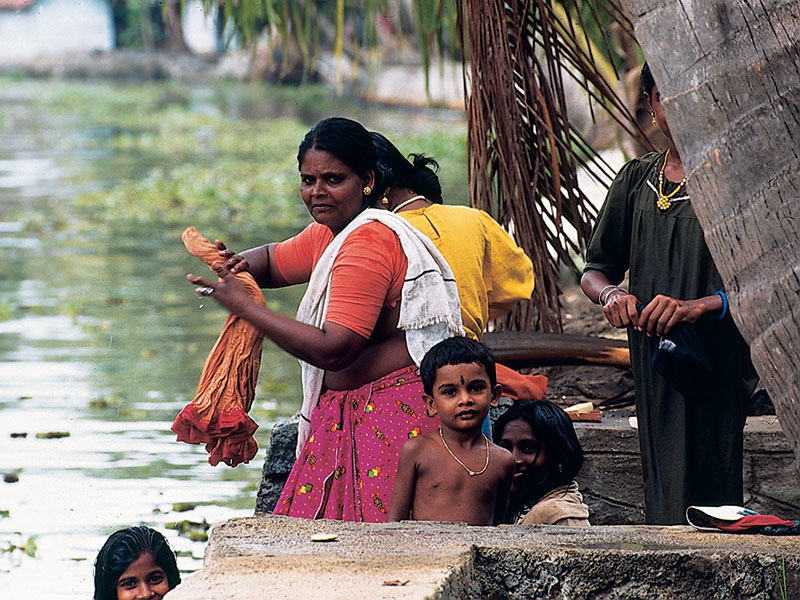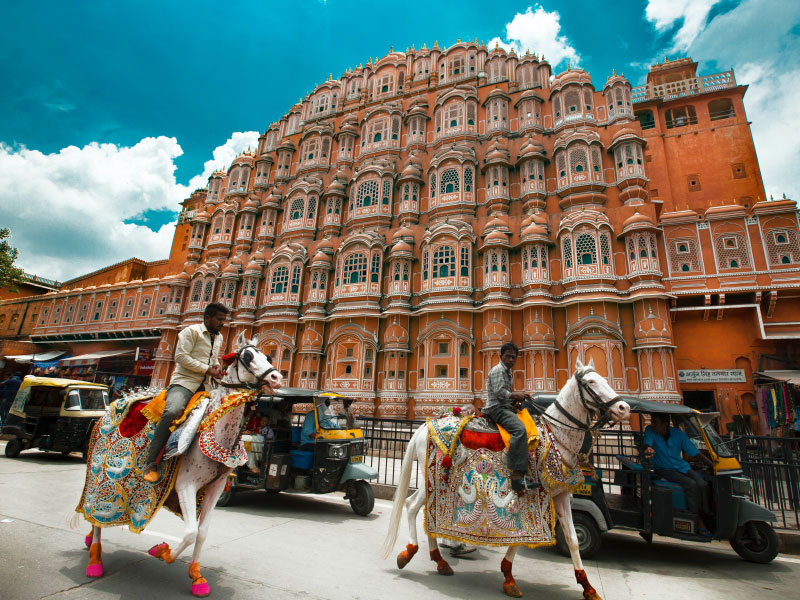South of Vindhya Range, India’s Dravidian heartland has all that a visitor could look for. Though its borders are uncertain, there’s no doubt that South India, the tapering tropical half of this mighty peninsula, differs radically from the landlocked North. The term ‘South India’ though it conveys a sense of geographical unity, also encompasses a multitude of differences. South India contains the central Deccan Plateau, dramatic coastlines, both on the Arabian Sea and the Bay of Bengal which meet at Kanyakumari on the Indian Ocean and the craggy western ghats run parallel to the coast. Isolated beaches, dense forests and game reserves are among its natural wonders. Tamil Nadu has some of India’s most magnificent ancient temples, still active centres of religious practice. A different culture prevails in Pondicherry, which retains a French influence. Kerala is rich in beautiful scenery as well as in cultural heritage, while Andhra and Telangana have some of the region’s most fascinating historic sites. The region’s varied attractions include Goa’s idyllic beaches and Portuguese churches and the magnificent ruins of Hampi, the formerly princely state of Mysore, and the great Hoysala temples of Belur & Halebid in Karnataka.
Experience India Holidays is an experiential South India travel company offering cultural, wildlife, soft adventure, wellness and special interest tours, with our main strength in tailor-made holidays to South India.



